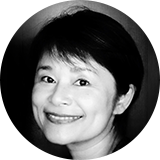Introduction to washi
When she arrived in Japan, Brayer first studied woodblock printing. But a chance encounter with a washi wholesaler sparked what would go on to become a lifelong obsession.
Taki Yoshihiro remembers the day Brayer walked into his shop.
"She asked me if I knew any washi manufacturers," he says. "I told her that my family has a mill and asked if she wanted to visit."
He took her to the town of Echizen in Fukui Prefecture, home to one of the oldest washi-producing traditions in the country, and introduced her to the artisans at his family’s mill, who quickly took Brayer under their wing.
"I was probably the first foreigner to come into the mill," Brayer remembers. "But they generously showed me their techniques."
Brayer started making regular trips to Echizen, working with the artisans and learning the trade. When she felt comfortable with the basics, she started experimenting.
"One of the things I wanted to do was put coffee in the paper because I thought it would make a nice texture." The artisans let her give it a shot, but "it washed away. It didn’t leave any stain," Brayer says, laughing.
Washi, which translates literally to ‘Japanese paper,’ is made from kozo, fiber taken from the inner bark of mulberry trees. The artisans mix it with a viscous liquid made from sunset hibiscus roots and groundwater, then strain it in a wooden vat using a bamboo mesh. Once the water drains out, the fibers interweave and form a delicate yet durable sheet.
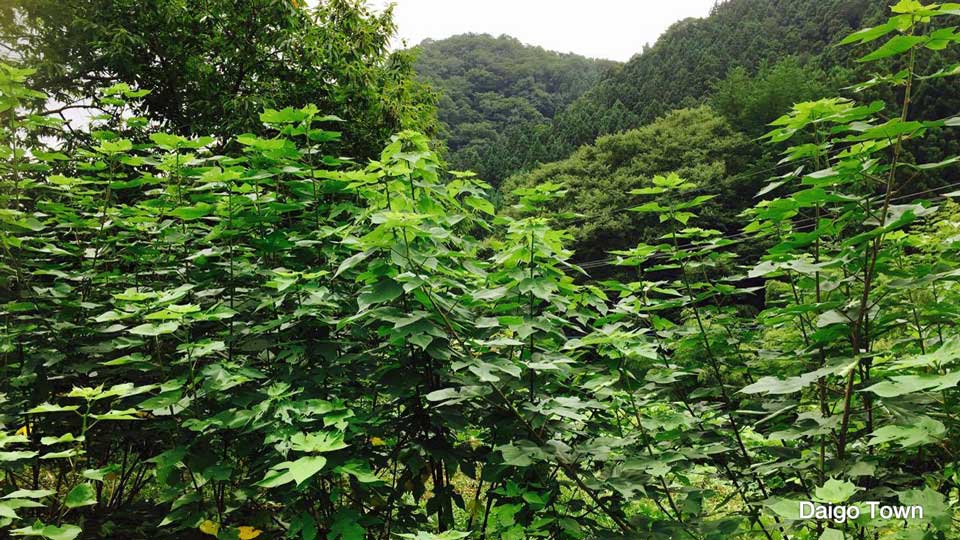
Over the years, Brayer has played with the kozo to create bold and unique reimaginings of traditional washi art. She has used fiber dyed in vivid colors, and added luminescent pigments to make pieces that glow in the dark. Her work has received international acclaim and has been featured in collections at the Smithsonian and the British Museum, as well as in commercial spaces in the US and Europe.
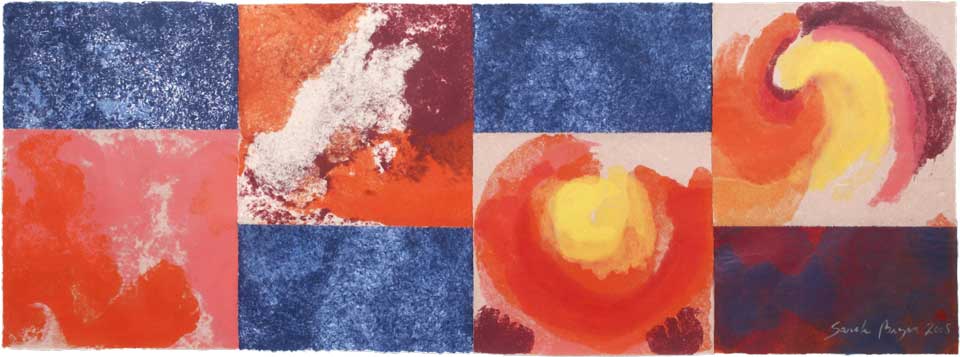
Dedication at the temple
Many Buddhist temples house priceless artifacts, such as statues, manuscripts, and paintings. They are kept not as commodities, but as sacred objects that accompany the Buddha and provide inspiration to visitors during their prayers. The temples rarely acquire these items on their own; they are usually given as donations.
Brayer long hoped to dedicate some of her artwork to a Buddhist temple – and she was able to fulfill that wish last year.
Fujita Keisui, the abbot of Komyoin, a 600-year-old Zen temple in Kyoto, first saw Brayer’s work at an exhibition in 2020. He was in a pitch-black room when he was struck by a vision.
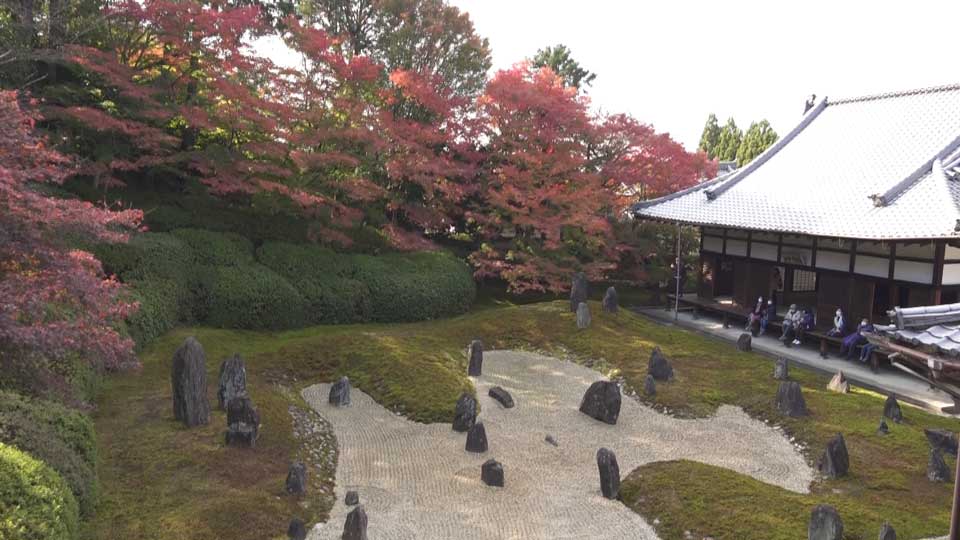
"A crescent moon was glowing," he said. "I realized she had used luminescent pigments in her washi."
He was surprised to learn the piece was the work of an American artist, someone who had come to Japan and devoted her life to its culture. He thought her work would be perfect for the temple.
Fujita believes Buddhism in Japan has become somewhat antiquated, losing its place in society, and is in need of reinvigoration.
"Before the country’s modernization, temples used to be a place not only for religious ceremonies, but for nurturing culture and education," Fujita says. "Young painters and poets were allowed to stay for free and engage in artistic pursuit. Temples functioned as schools for children and as community hubs. They must regain that role, or they will become obsolete."
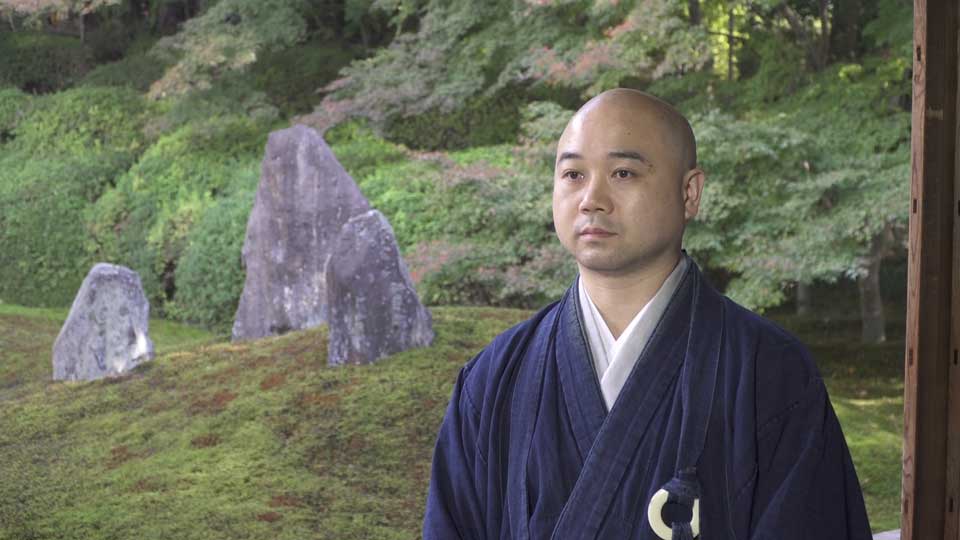
Fujita offered Brayer her complete artistic freedom to install an eight-panel fusuma door in a room where visitors meditate while facing a rock garden.
Fusuma doors are rectangular sliding panels covered with a layer of paper or cloth. The idea was for Brayer’s work to adorn the surface. At first, though, she struggled to imagine what kind of image would befit the old Zen temple.
Over the course of a year, she traveled to far-flung parts of Japan, seeking inspiration. She worked through countless sketches. The breakthrough finally came one day on a visit to the temple. Fujita asked her to meditate with him. They sat together for about 10 minutes, during which she says she had "a feeling of flow and a feeling of continuity within the whole space.
"I felt how the building helps the meditators and how the fusuma can be a part of that support."
She realized her piece had to be a part of the building itself, something that embraced and supported those who came to seek peace.
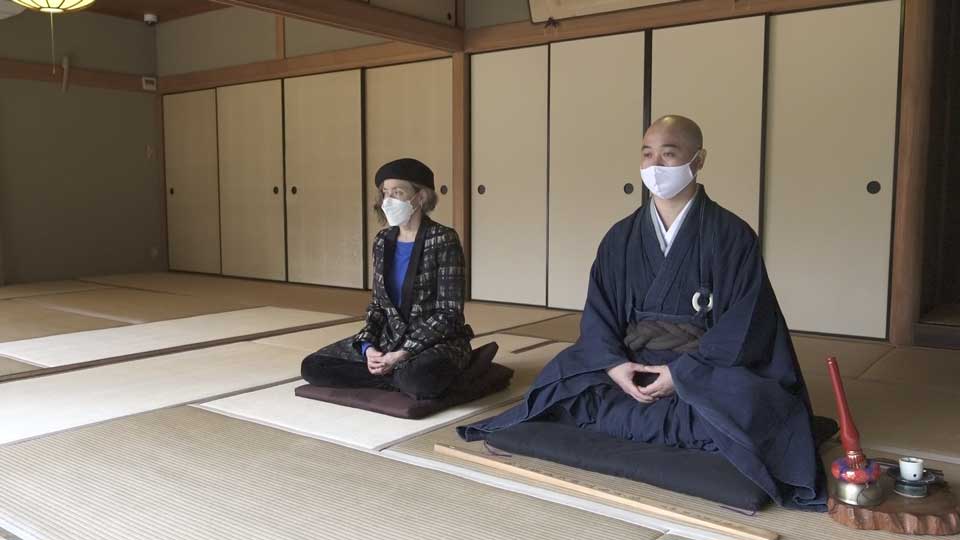
Brayer returned to Echizen, the home of the washi mill where she first fell in love with the material. She needed to work with the artisans who had taught her everything she knew, and who knew her style so well.
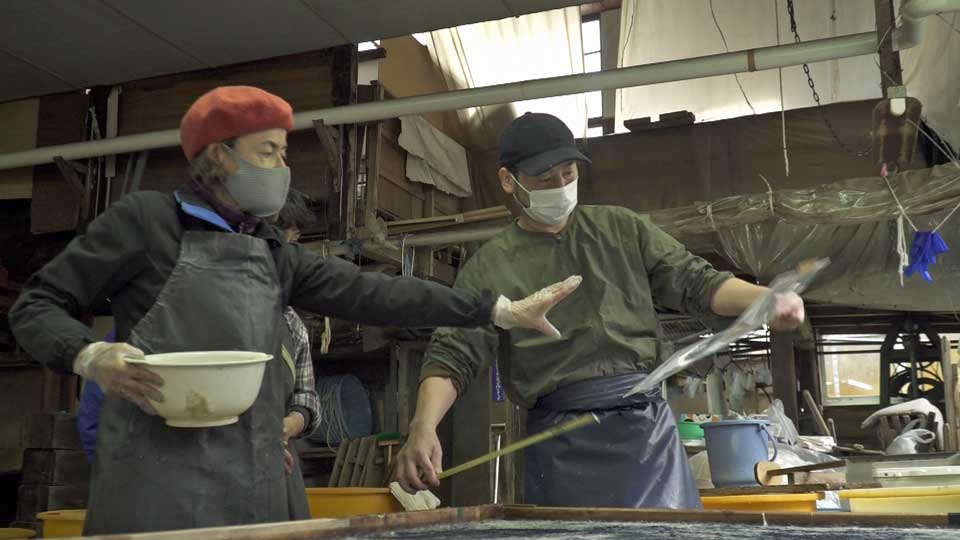
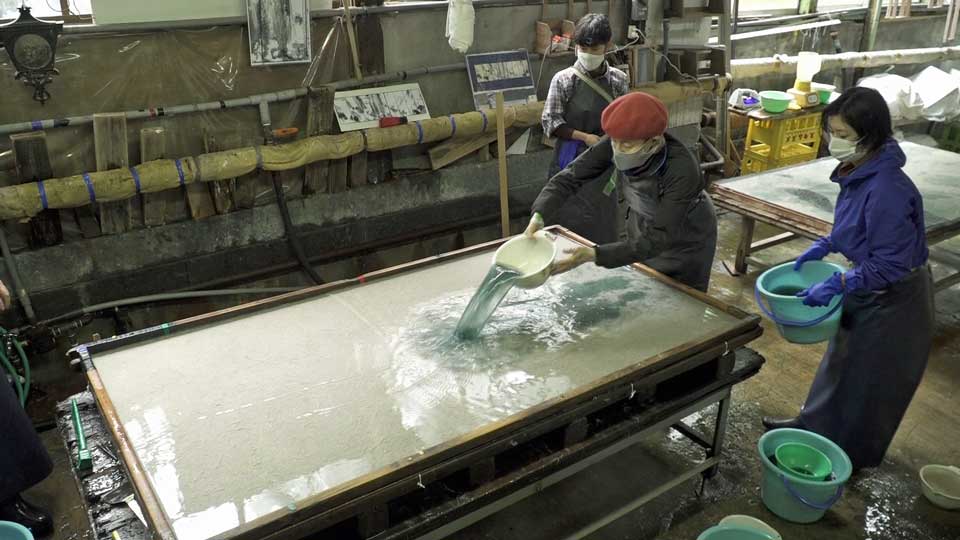
They ended up collaborating on 16 pieces over the course of two very productive days. Of these, she chose eight.
On November 14, 2022, Brayer’s panels were dedicated to Komyoin. Guests from around the world were there to celebrate the occasion.
Brayer’s fusuma is not kept behind glass. It is part of the everyday environment at Komyoin. Brayer says this impermanence is exactly what will give her work the eternal quality that suits the temple. More than anything, she wants the fusuma to be a natural part of its environment.
"I hope people can have a dialogue with the fusuma," she says. "And that it supports the practice here."

Watch video "Confluence of Life" 30:00

